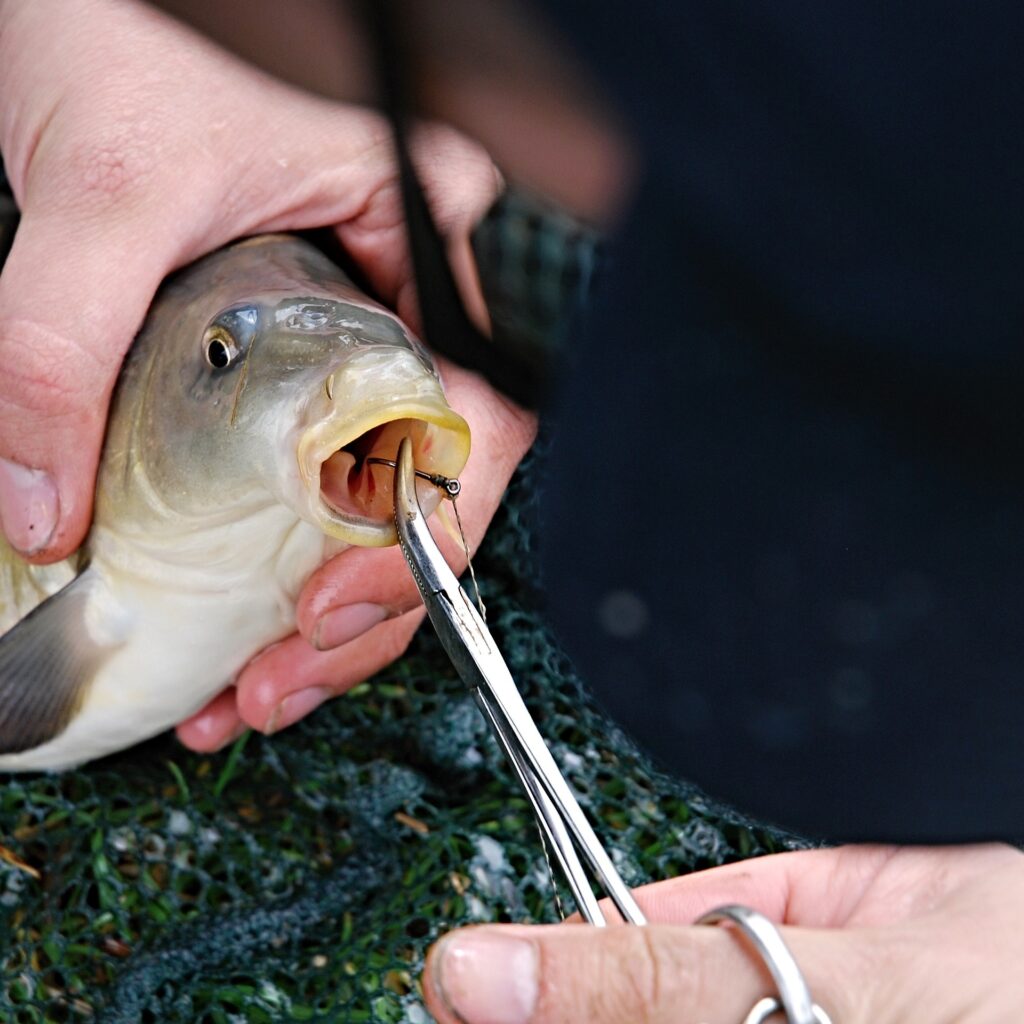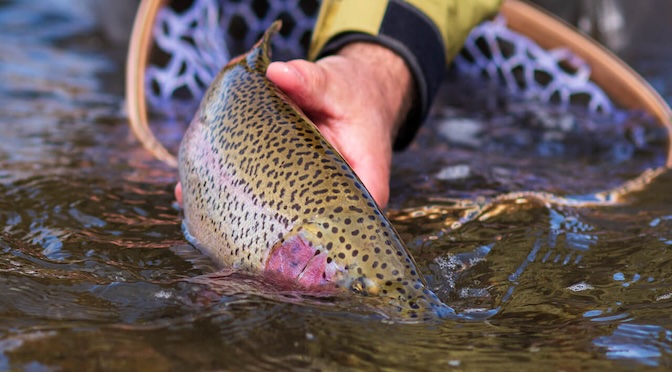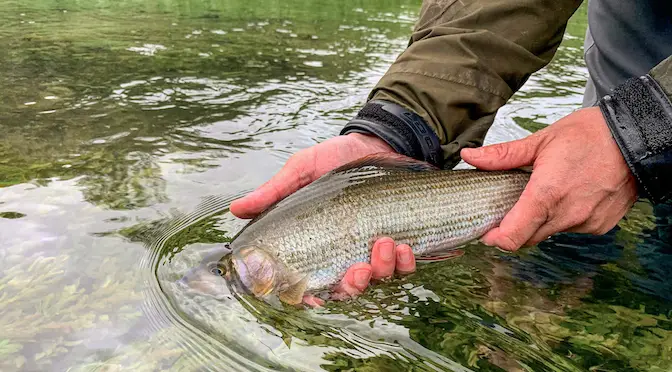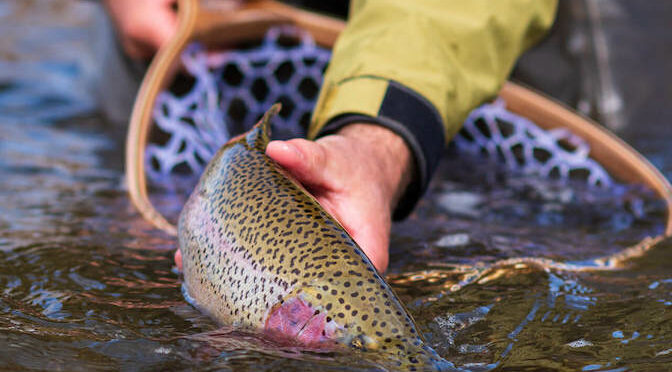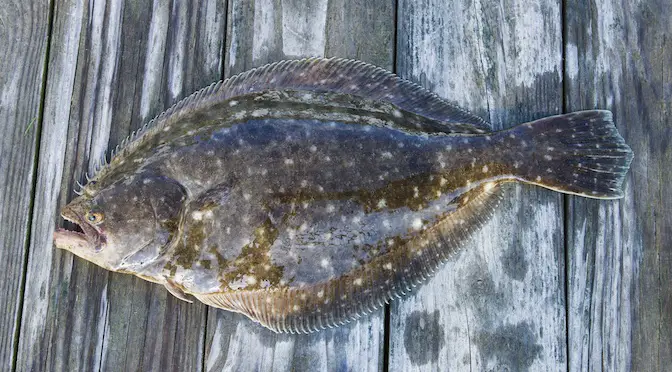Last updated on December 8th, 2023.
- Wading Wisdom #13 – Simon Gawesworth - July 7, 2025
- On the Water with the Korkers Bantam Lite - June 26, 2025
- How to Find Trout in Rivers & Streams Anywhere - June 13, 2025
Selecting the right fishing pliers is a critical decision for any angler.
Fishing pliers serve multiple purposes, from handling hooks and cutting lines to crimping weights. In this comprehensive guide, we’ll navigate the intricate world of fishing pliers, exploring the key factors that should influence your decision and providing recommendations for various angling scenarios.
Plenty of Styles to Choose from
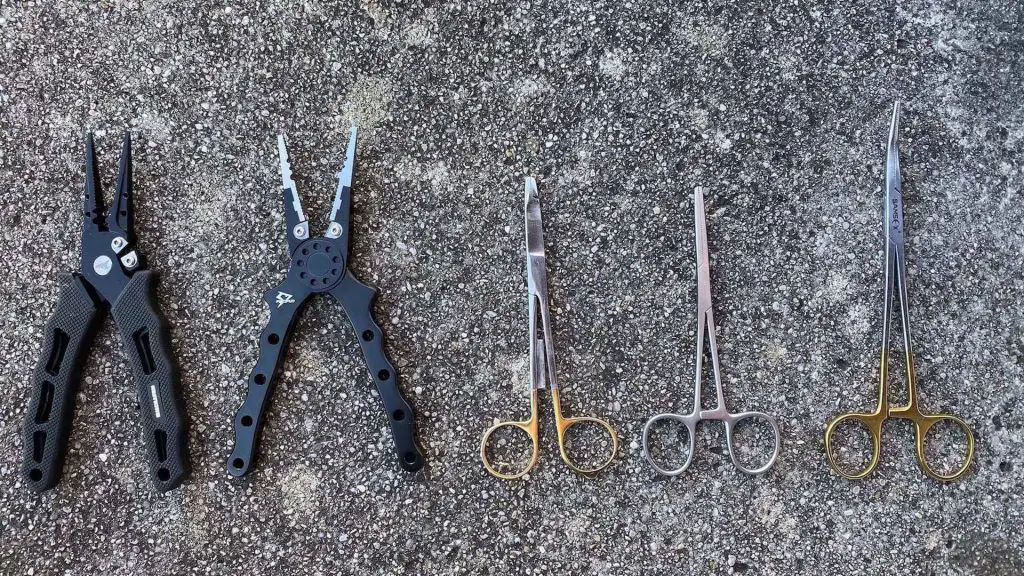
Straight Nose Pliers
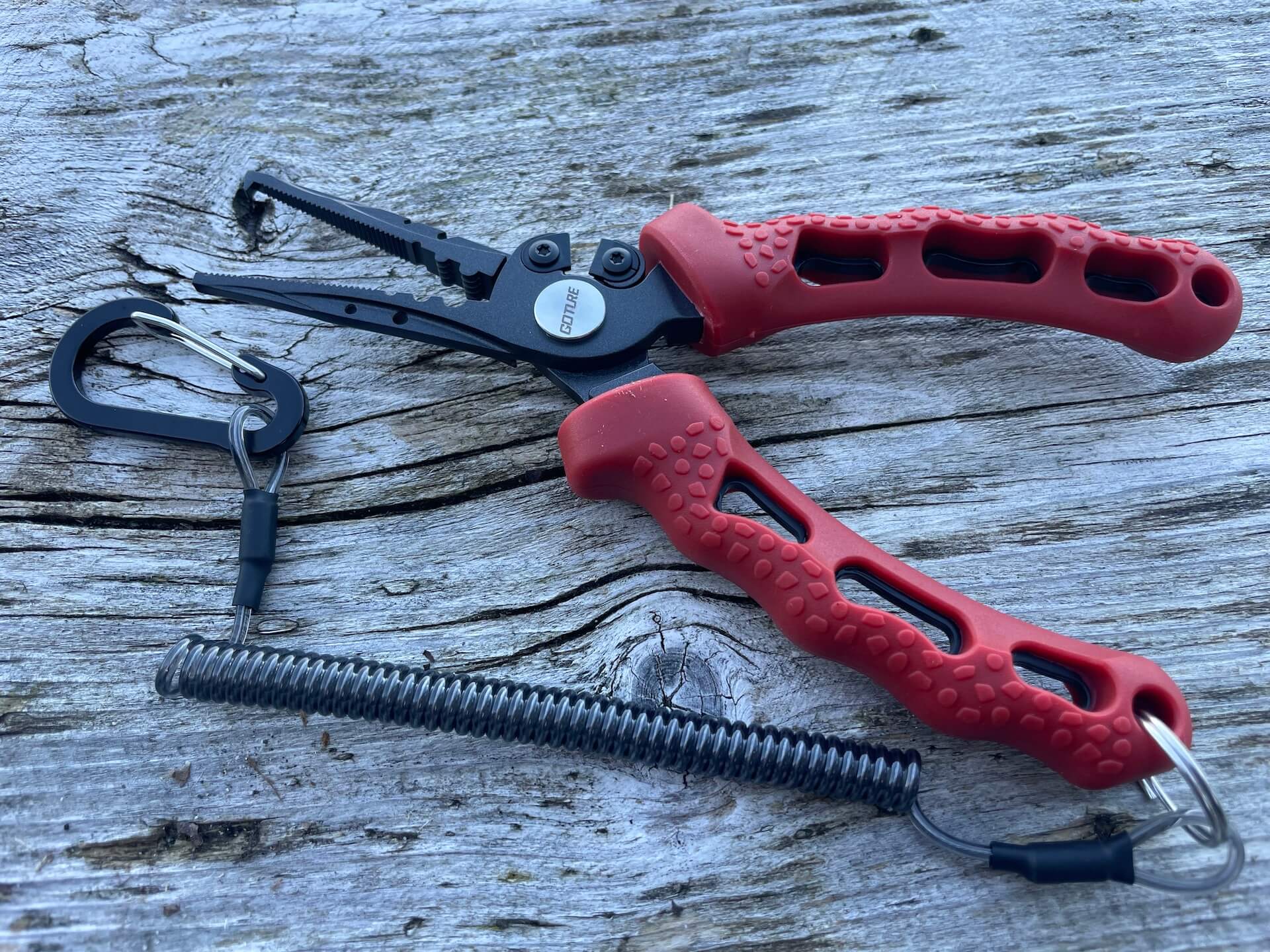
Ideal for general purposes, straight nose pliers provide a versatile option for anglers who engage in different fishing techniques. They often come with different integrated features such as cutters, split ring tools, holes to tighten a knot and more.
Split Ring Pliers
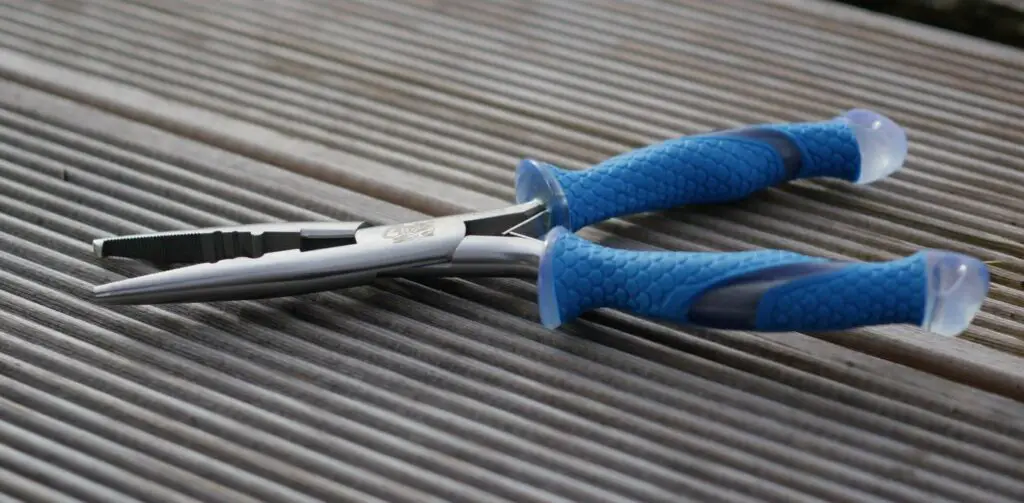
Specifically designed for handling split rings, these pliers are essential for those dealing with lures and multiple hooks.
Bent Nose Pliers
Offering enhanced maneuverability, bent nose pliers are perfect for intricate tasks and reaching tight spaces. They come in the form of forceps (often used in fly fishing) such as the one pictured above or also with rubber handles.
Line Cutters
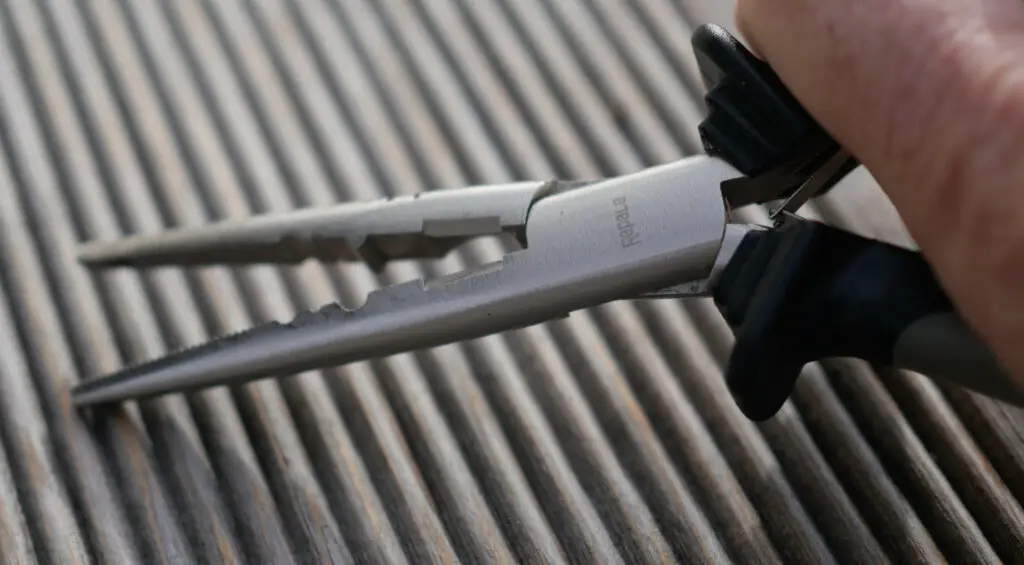
Dedicated line cutters are designed for swift and precise cutting of various fishing lines, providing a convenient tool for on-the-go anglers. If you’re purely looking for a line cutter, you can also consider a nipper.
Material Matters
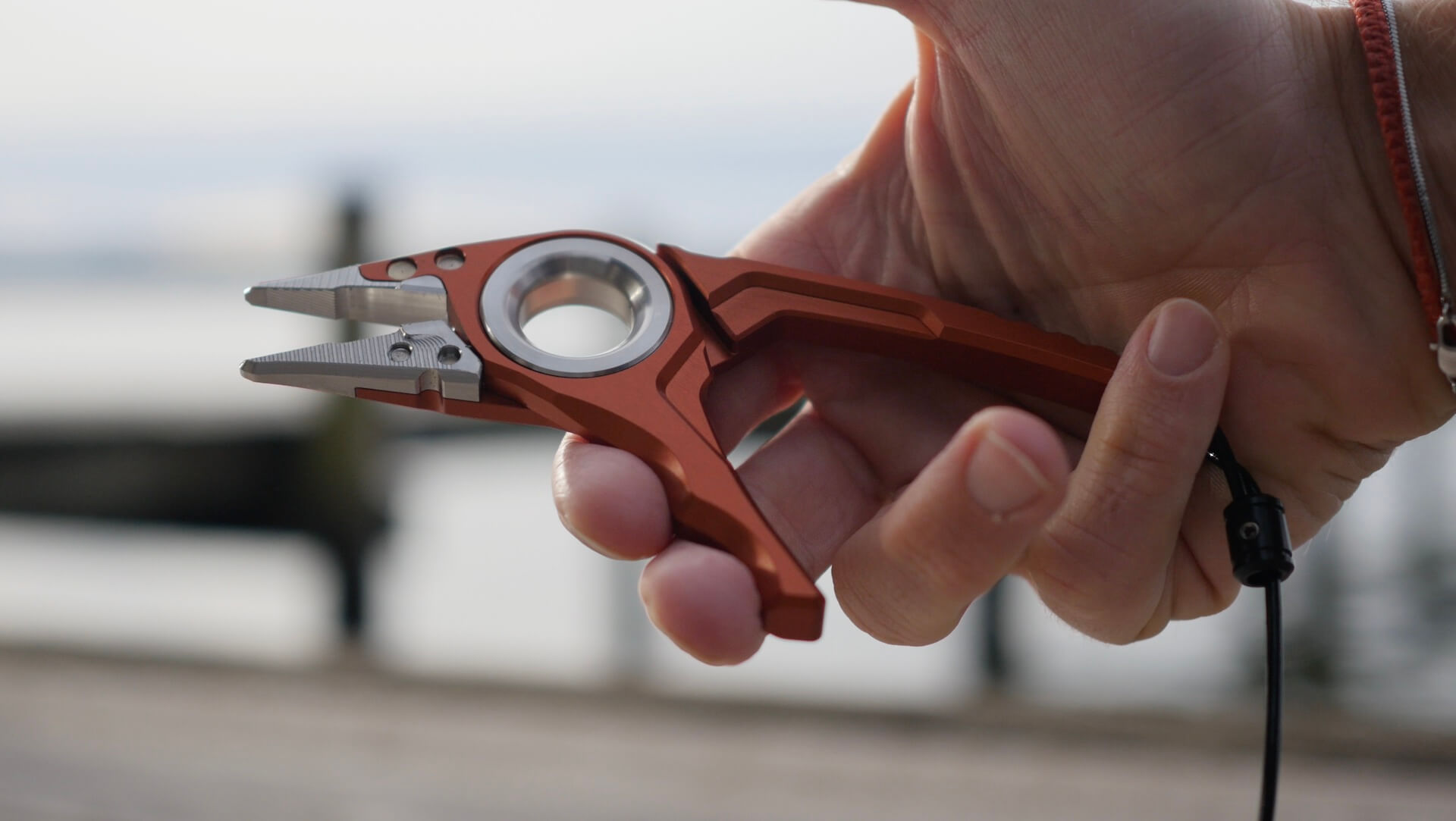
Choosing the right material for your fishing pliers is crucial for durability and corrosion resistance. Common materials include:
Aluminum: Lightweight and corrosion-resistant, suitable for freshwater environments.
Stainless Steel: Durable and rust-resistant, ideal for both freshwater and saltwater fishing.
Titanium: Combining strength and corrosion resistance, titanium pliers are often the choice for saltwater anglers.
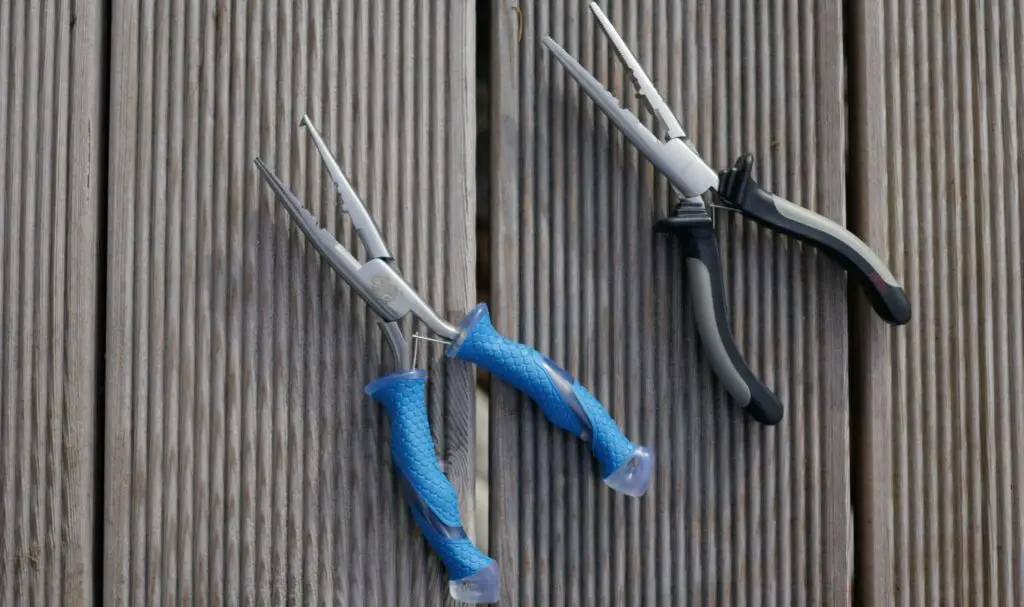
Features to Consider
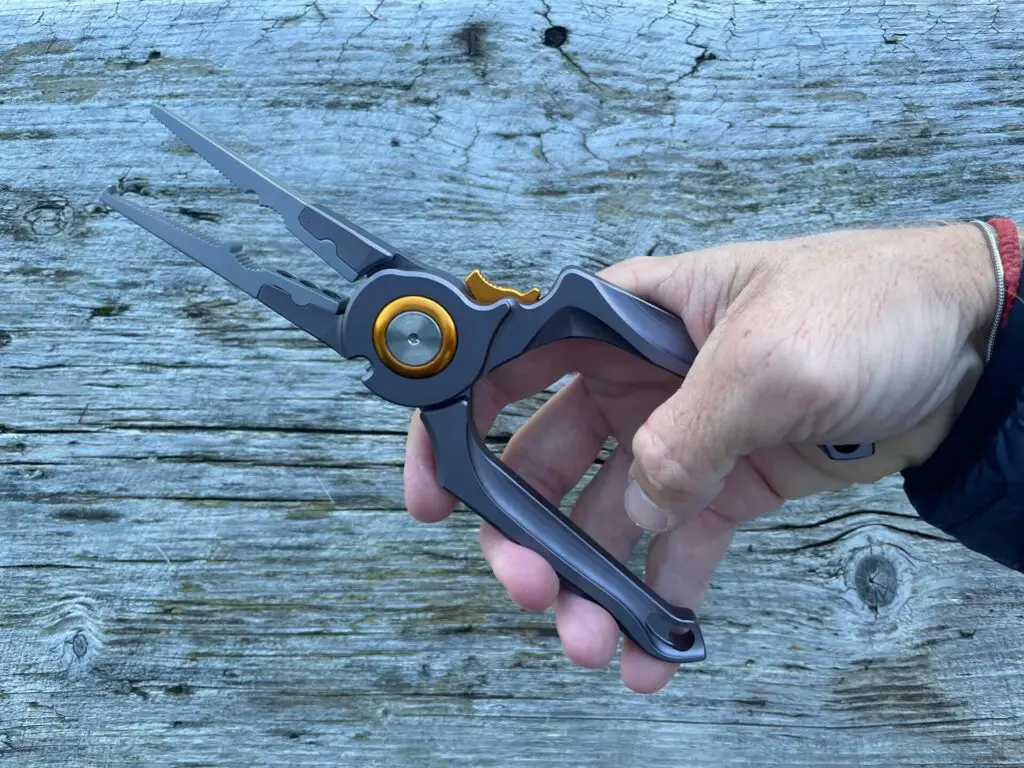
Corrosion Resistance:
Opt for pliers with coatings or materials that resist corrosion, especially if you frequently fish in saltwater.
Spring-Loaded Handles:
Spring-loaded handles reduce hand fatigue during extended use, providing a more comfortable angling experience plus they enable you to operate the pliers with one hand only.
Side Cutter vs. Anvil Cutter:
Side cutters are suitable for cutting most lines, while anvil cutters are more powerful and effective for cutting heavy lines and wires.
Non-Slip Grips:
Ensure your pliers have non-slip grips for a secure hold, even in wet conditions.
Size and Weight
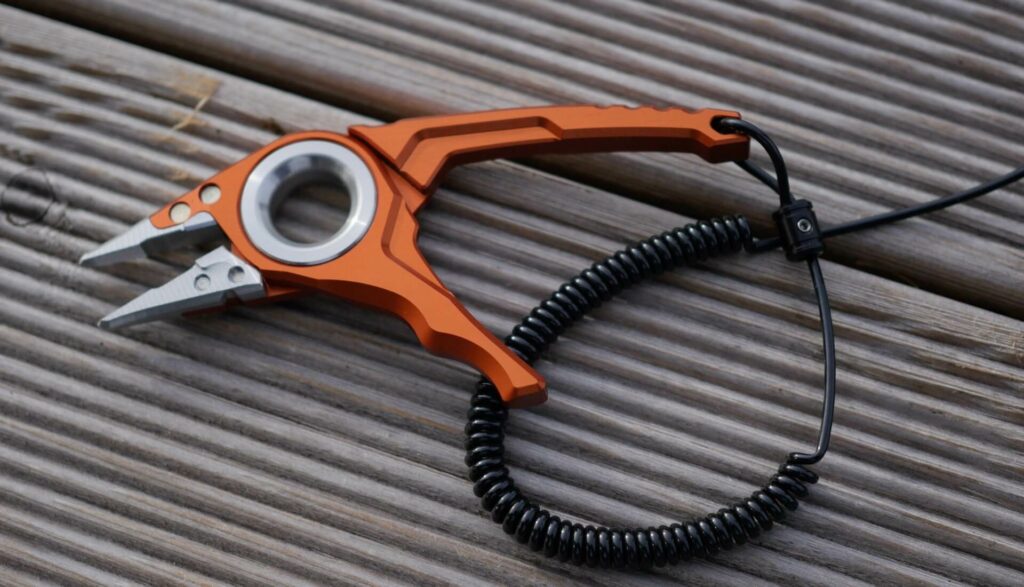
Consider the size and weight of the pliers, keeping in mind the types of fish you target and the specific techniques you employ. Lightweight and compact pliers are advantageous for anglers who prioritize mobility, such as those who fish from kayaks or embark on hiking trips to remote fishing spots.
Accessories
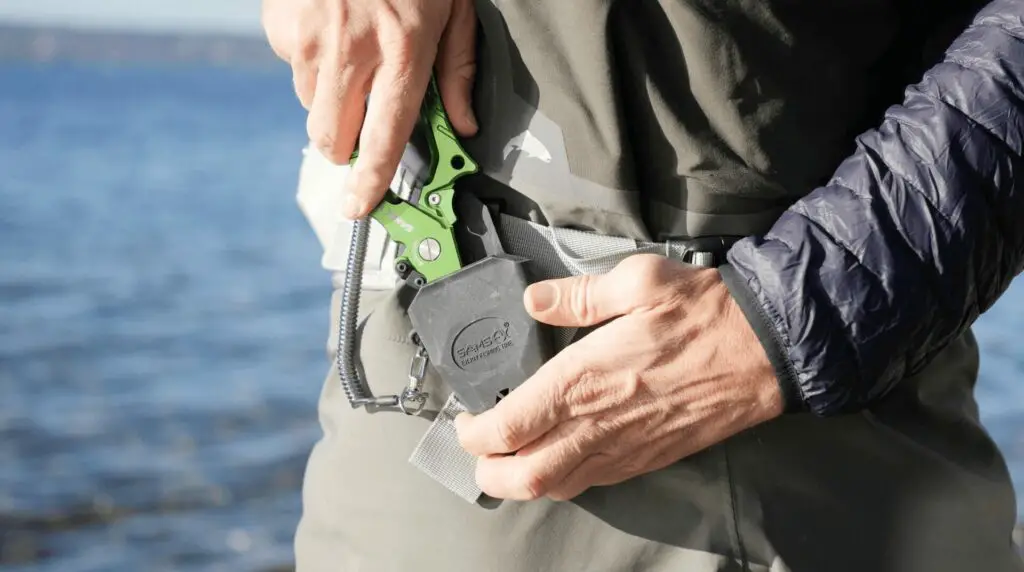
A last aspect that you might want to consider is accessories. Some pliers come with a sheath and/or a leash. You can attach the sheath to your wading belt for example and always have your pliers ready in a heartbeat. The leash prevents you from loosing your pliers even in case you drop them, for example when fishing from a boat.
The Price Factor
While high-quality fishing pliers can be an investment, they are a crucial tool for anglers. Consider your budget and balance it with the features and durability you need. In many cases, spending a little more upfront can save you money in the long run by avoiding frequent replacements.
Final Thoughts
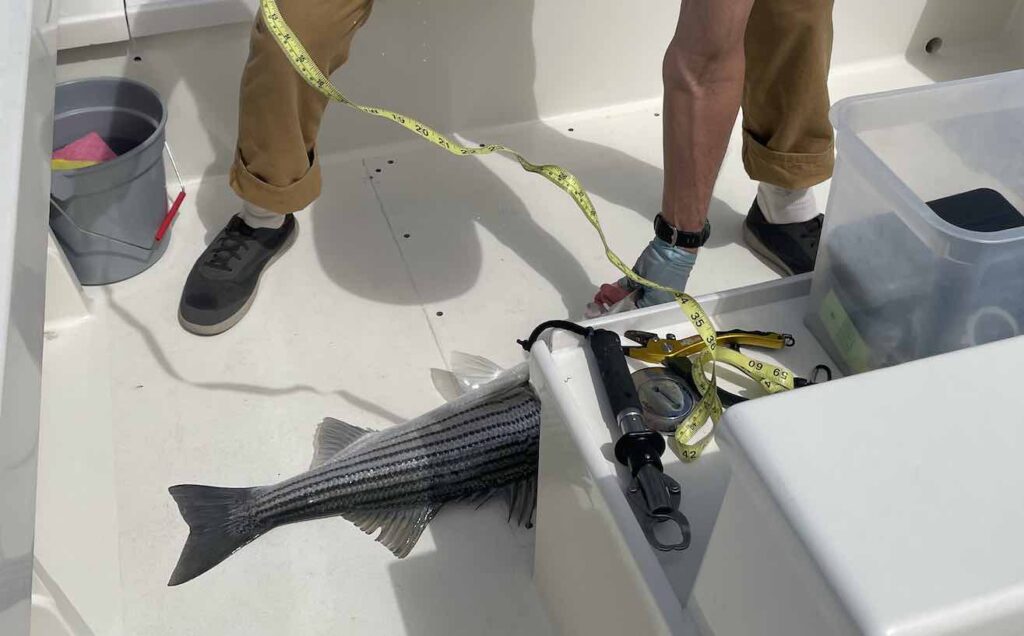
In conclusion, choosing the right fishing pliers involves considering the types, materials, features, size, and budget. By understanding your angling preferences and the specific demands of your fishing environment, you can make an informed decision that enhances your overall fishing experience.
FAQs: Types of Fishing Pliers
Can I use freshwater fishing pliers in saltwater environments?
While some freshwater pliers are resistant to corrosion, it’s advisable to choose pliers specifically designed for saltwater use to ensure longevity in harsh conditions.
What maintenance do fishing pliers require?
Rinse your pliers with freshwater after each use, especially if exposed to saltwater. Lubricate moving parts regularly, and store them in a dry place to prevent corrosion.
Are expensive fishing pliers worth the investment?
High-quality, durable pliers often justify their higher price through extended lifespan and enhanced performance. Consider your angling needs and frequency to determine the value for your situation.
Can fishing pliers be used for tasks other than fishing?
Fishing pliers are versatile tools and can be handy for various tasks, such as cutting lines, opening split rings, and even basic repair work during outdoor activities.
Are there specialized pliers for fly fishing?
Yes, some pliers are designed with features specifically catering to fly fishing needs, such as handling delicate flies and intricate knots. Consider these specialized options if you are an avid fly angler.

